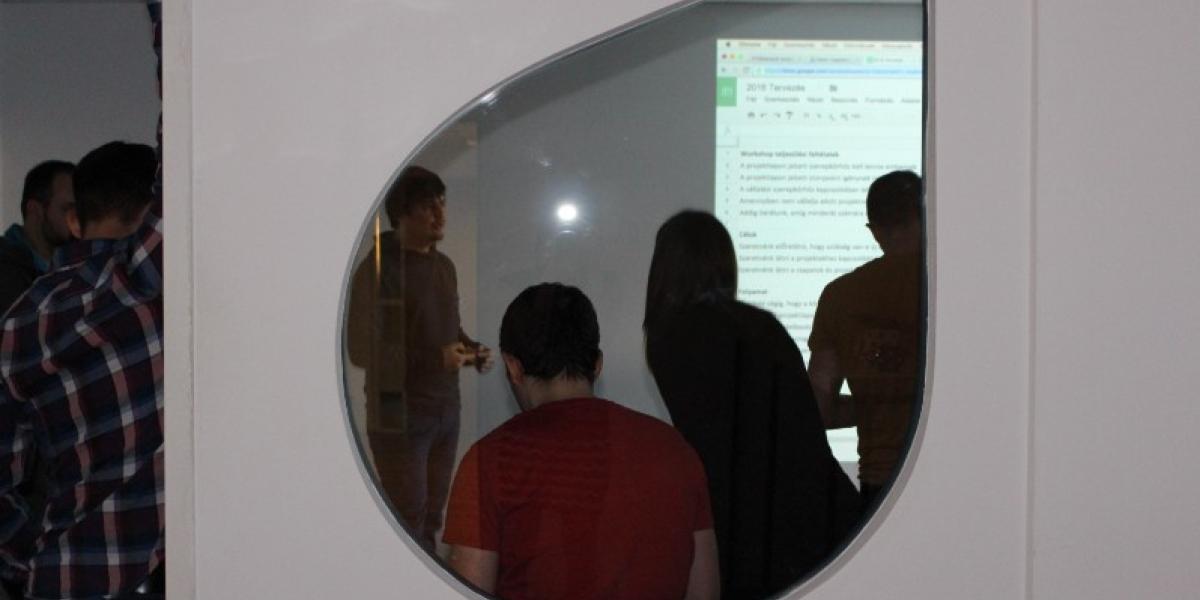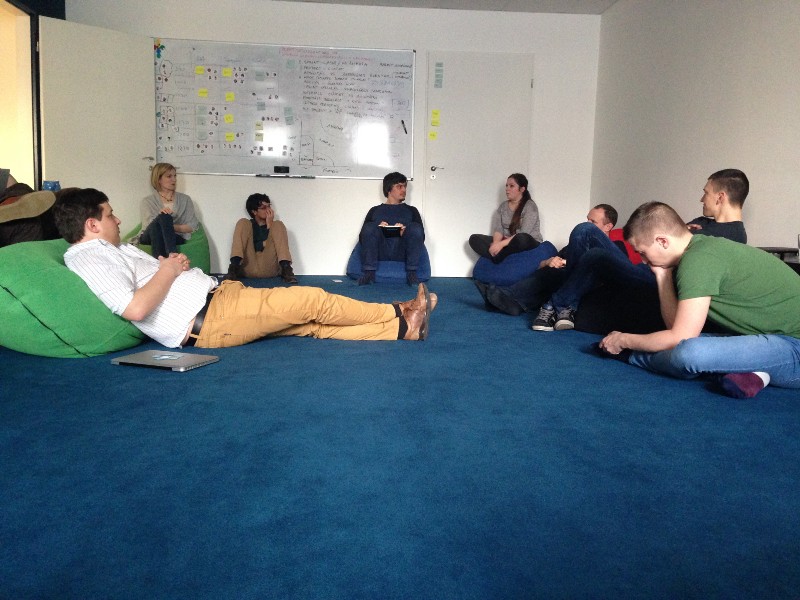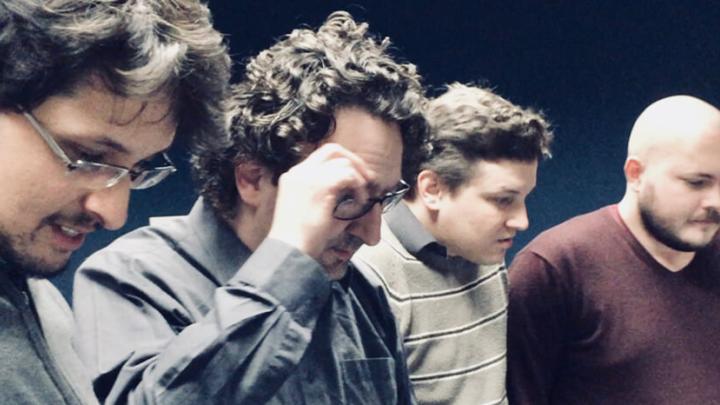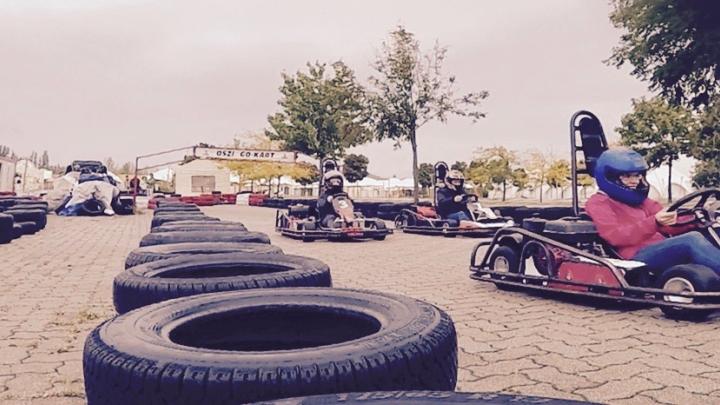
I was half-eyed at the dozens of unread letters, but everyone was already gathered; the demo day had begun. I shut down my computer. I sat through the first two hours with trepidation. What now?
No response until tomorrow? Or do I break tradition, open my computer and deal with the cases? I can't do it alone, and I can't involve the developers on this day. For a few seconds, I became angrier and angrier, fearlessly putting myself in the customer's shoes, and the knowledge did not reassure me of the long-term benefits of the demo day because now I would have to put out a fire. I returned to the office, where another important project was being discussed. With a serious face so as not to be noticed by others, I switched off my mobile phone and sat back to munch on a scone. Whatever happens, it's demo day today.
I'd been working at the company for five months when a client questioned the point of the day. I understood his point, we were unavailable for two days after sharpening, and he was right that this was not good. But the problem was not with the institution of the demo day; it was with the timing of the sharpening. In light of this incident, I thought, why is it good to stop for a day every two weeks? Why is it suitable for the individual, why is it good for the team, and why is it ideal for the client? This is my first agile workplace, I'm not deeply familiar with the methodology, so I'm just approaching the question from an experiential perspective.
What does a Wednesday like this look like?
We write the main works in progress on the board and put a photo of everyone involved in the projects. On this timetable, our picture shows our morning program. If we've got the faces right, no one needs to be in more than one place at the same time. The next cardinal moment is lunch order when we eat together in our purpose-built kitchen after the team meetings. Wednesdays are also spent with Gergő, who sits in with the teams and observes, facilitates if necessary, or helps to find solutions to specific situations. Usually, we start with a retrospective review of the tasks completed in the sprint, and finally, we plan the upcoming period. In the afternoon, we repeat these three stages at the company level.

Start from the end. Planning is essential for the existence and smooth running of the work; when everyone makes their commitments for the sprint, we discuss who will do what, we weigh the tasks to ensure the next two weeks are predictable. We then show each other the work that has been completed. One of the methodologies we use features is that we respond to feedback to refine and tailor the project, so the demo is a significant part of the two-week cycle, with the main aim of transferring knowledge and gathering feedback. There is little opportunity for reflection during the sprint, as the focus is on development. In the beginning, it was unusual for me to have a pre-arranged time and place to critique together a moment in the sprint, a word spoken, a line from a letter, or even a client's behavior, anything that caused tension. It's like when we are invited to a party. We arrive punctually, sit around a beautifully laid the table, place the problem on a large communal plate in the middle of the table, and, not all at once, but one after the other, we take our turn, one after the other, in small pieces. Step by step, first scratching the surface, we work our way inwards until we have used it all up. By the time the plate is empty, solutions are usually suggested. It is essential to formulate criticism to relieve tension, understand the problem, and improve. So we don't just criticize. Later I understood how important this is for the team, the individual, and the client. Anyone can tell you if they are stressed about something, and it gives them away. The goal is to have a casual, free-flowing conversation. Even if a solution is not immediately found, being aware of the problem and responding helps a lot. And a solution that is worked out together by the team has excellent power. Of course, positive feedback is just as likely to be heard, albeit less harshly. After two weeks of continuous improvement, it is necessary to stop. Although this may seem like a lazy day from the outside, it is not at all; by the afternoon, everyone is much more tired than on other days, and the result is essential for the next race to be unhindered. Although it can be annoying not to reach us at such times, it is the customer who benefits in the long run. We learn from our own and others' mistakes, improve our processes, work to operate in a balanced, predictable, and safe way and, last but not least, build trust. And the following day, we'll try to make up for lost time and then start a new sprint with renewed vigor.
Share with your friends!

